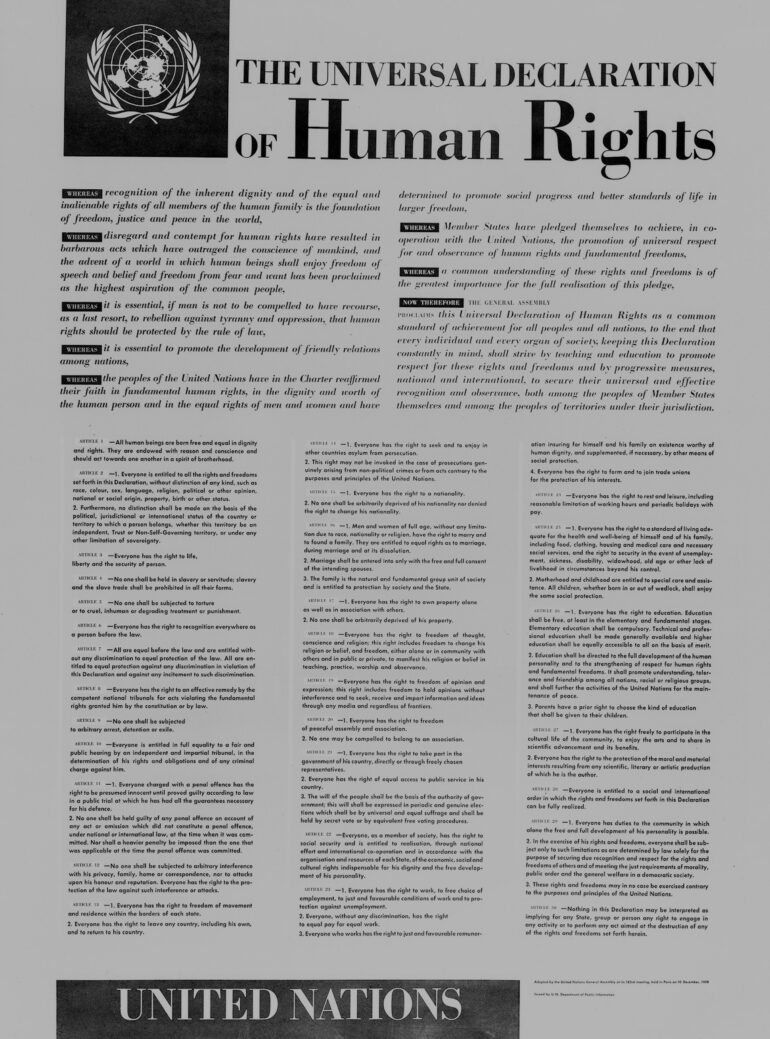Dec. 10 marks the anniversary of the 1948 signing of the Universal Declaration of Human Rights, adopted by the United Nations in the aftermath of the Holocaust. Though contested, imperfect and unfulfilled, the declaration remains a milestone in human civilization as one of the earliest times the world came together to distill and assert general principles key to peaceful living on this planet.
Nested in Article 27 of the declaration is a lesser-known right: the human right to science. As a legal scholar, I have immersed myself in the study of this human right for the past six years. This process has allowed me to uncover a multifaceted right containing many entitlements that, together, can reshape the current relationship between science, society and the state.
Even though the international community has paid little attention to this right, and many people may be unfamiliar with it, the human right to science is an important part of the declaration. I believe its dual potential to protect the value of science in society and ensure that science serves humanity is worth discovering and appreciating as a framework to govern scientific progress.
Short history of the human right to science
Article 27 of the Universal Declaration of Human Rights reads: “Everyone has the right freely to participate in the cultural life of the community, to enjoy the arts and to share in scientific advancement and its benefits.”
The drafters capitalized on the earlier work of the authors of the American Declaration of Human Rights, which had recognized science as a human right just a few months before. In that context, the Chilean delegation argued that culture, the arts and science are crucial forms of human expression deserving the highest recognition.
The transition from the American to the Universal Declaration of Human Rights was almost seamless. No opposition was mounted against its inclusion among the human rights. Rather, the debate focused on the legitimacy of governments, under human rights law, to impose political aims on science, an issue that could not be ignored after the U.S. deployment of atomic bombs in Hiroshima and Nagasaki in August 1945. Ultimately, the view that science should be pursued for the sake of truth and not be tied to any specific purpose prevailed.
The goal of the Universal Declaration of Human Rights was to set a standard of human dignity and worth around the world.
The right to science was reaffirmed with the International Covenant on Economic, Social and Cultural Rights in 1966 and by the United Nations Committee on Economic, Social and Cultural Rights in 2020.
Science as a cultural right
History is an important guide for the international community as it rediscovers the human right to science. The choice to include science among the cultural rights but distinguish it from other cultural expressions has important consequences for how the human…



